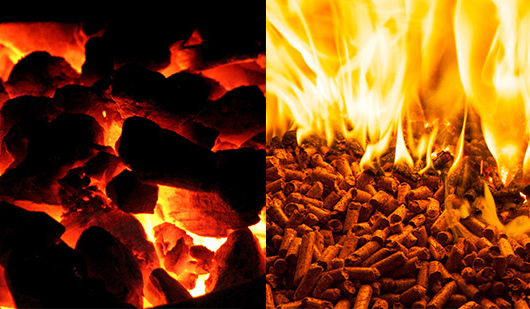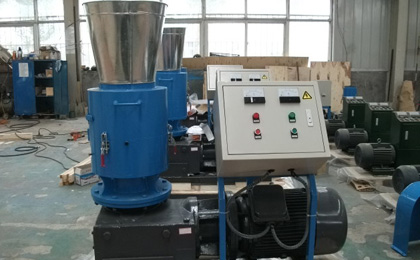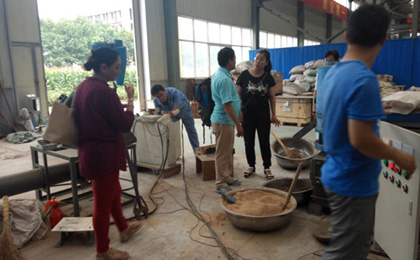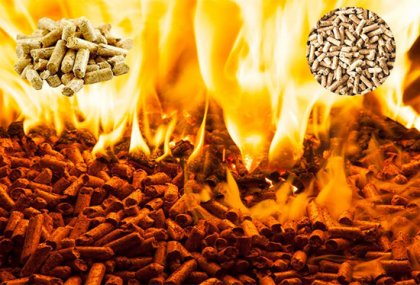Biomass pellet fuel is a block of environmentally friendly new energy produced by straw, grass, rice husk, peanut shell, corn cob, oil tea shell, cottonseed hull, etc. As a new type of particulate fuel, biomass pellets have won wide recognition for their unique advantages; compared with traditional fuels, they not only have economic advantages but also environmental benefits, which fully meet the requirements of sustainable development.
Advantages of biomass pellet fuel
- Biomass pellet fuel has a large calorific value, and the calorific value is about 3900~4800 kcal/kg, and the calorific value after carbonization is as high as 7000-8000 kcal/kg.
- Biomass pellet fuel has high purity and contains no other impurities that do not generate heat. Its carbon content is 75-85%, ash content is 3-6%, water content is 1-3%, absolutely no coal gangue, stone. If the heat is not hot, it will reduce the cost for the enterprise.
- Biomass pellet fuel does not contain sulfur and phosphorus, does not corrode the boiler, and can extend the service life of the boiler. The enterprise will benefit a lot. Since the biomass pellet fuel does not contain sulfur and phosphorus, it does not produce sulfur dioxide and phosphorus pentoxide when burned, so it does not cause acid rain, does not pollute the atmosphere, and does not pollute the environment.
- Biomass pellet fuel is clean and hygienic, and it is convenient to feed, which not only reduces the labor intensity of workers, but also greatly improves the labor environment, and enterprises can reduce labor costs.
- After combustion of biomass pellet fuel, there is very little ash, which greatly reduces the site where coal gangue is stacked and reduces the cost of sputum. Moreover, the ash after combustion of the biomass pellet fuel is a high-quality organic potash with a very high grade, which can be recycled.
- Biomass pellet fuel is a gift of nature to our renewable energy, it is in response to the call of the central government to create a conservation-minded society.

Biomass pellets have lower solid emissions than coal, and their solid emissions are all ash, accounting for about 0.4% to 7.0% of the total weight; while solid emissions from coal combustion are a mixture of ash, alkali and residual coal, about the total weight 25% to 40%. Coal is much more polluting and polluting the boiler than biomass pellet fuel. The soot contains a large amount of granular C and toxic SO2, CO and other corrosive gases. The main component of biomass pellet fuel is CH organic matter. There is no particulate C and SO2 gas in the flue gas, mainly CH volatile gas, and its SO2 and CO emissions are close to zero; it greatly reduces air pollution and carbon dioxide emissions, thus producing Material pellet fuel is known internationally as a “clean fuel”.
Therefore, the use of biomass pellet fuel is more environmentally friendly than burning coal.






